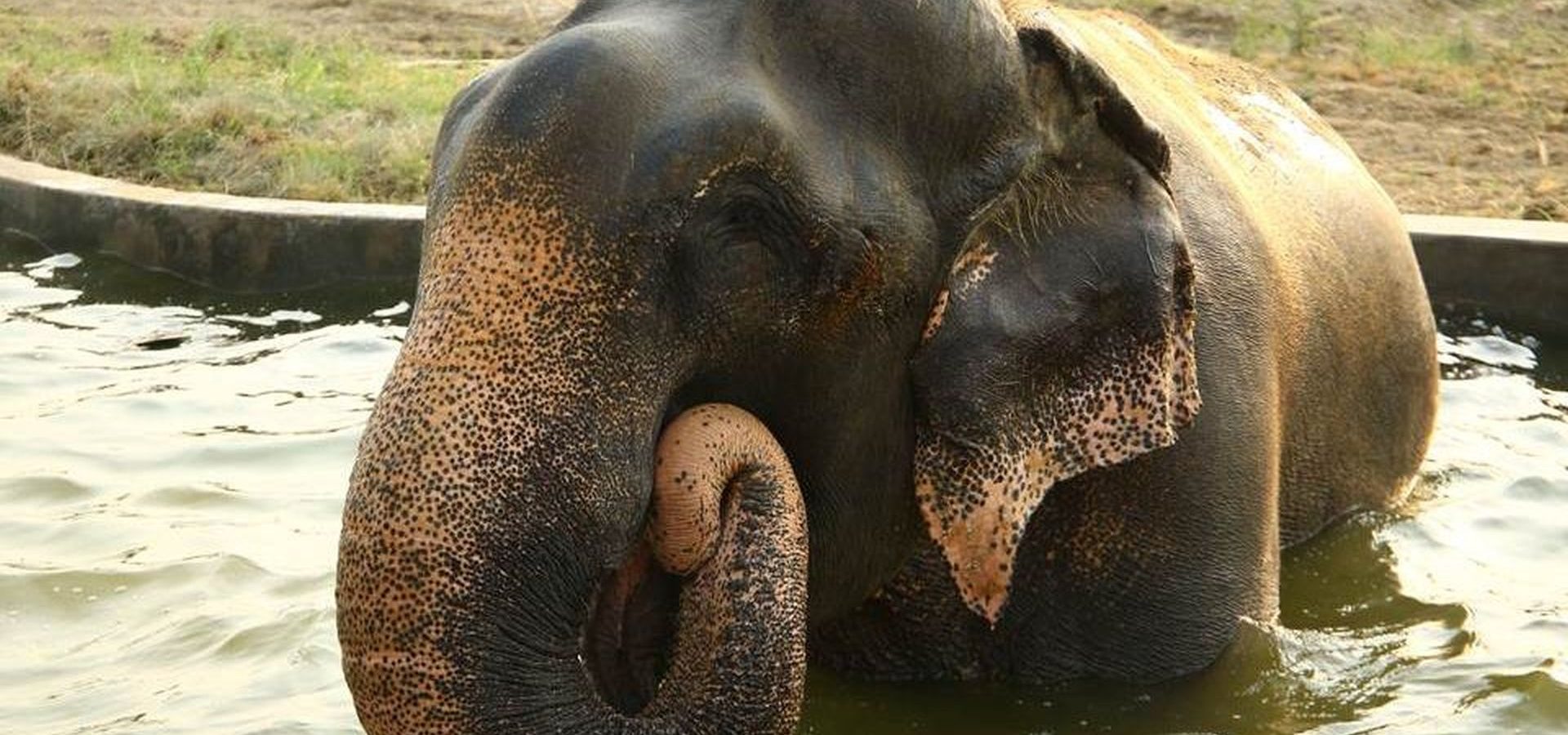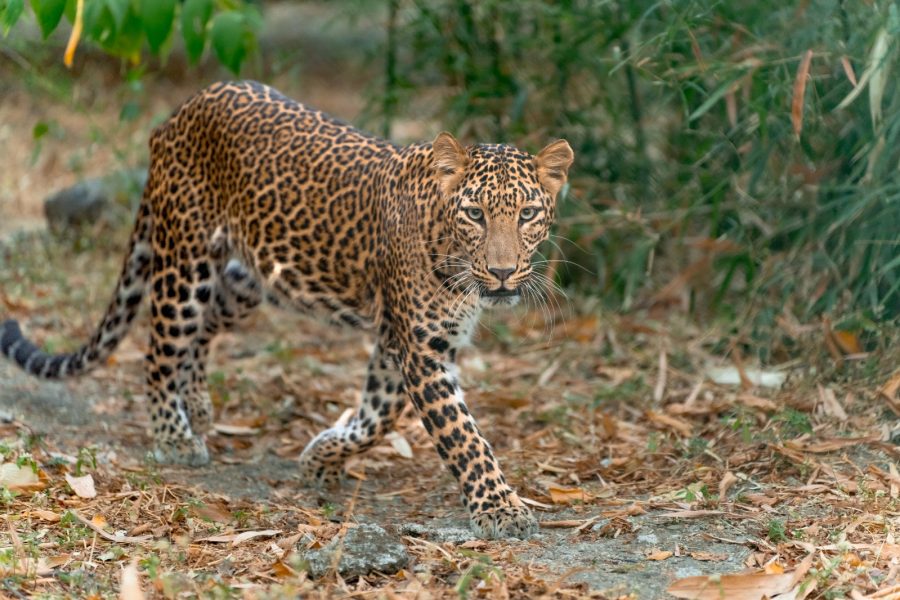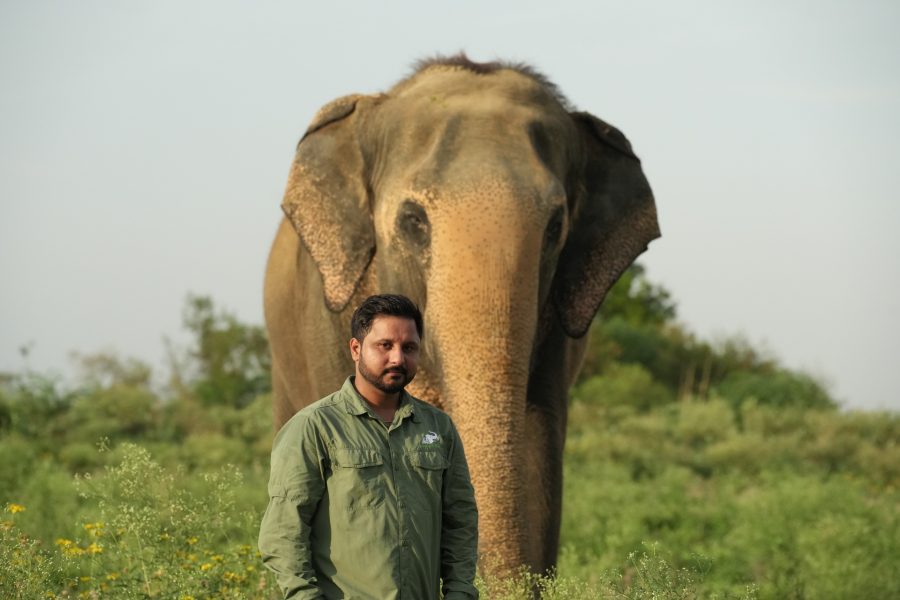Over 9 years ago, Raju was brought to our facility after he was saved from a brutal life he had endured for half a century. His rescue was momentous not only because of his remarkable personal story, but he also brought international exposure to the plight of countless captive Asian elephants. To this effect, I recall one reporter asking, “I hear Raju is just the tip of the iceberg, is this true?”
I remember being relieved that the important questions regarding Asian elephants were finally being asked, and this gave me hope that this worldwide awareness would create a turning point for elephant welfare and conservation. Sadly, an immediate cessation of elephant trafficking for captivity did not materialize. Nor was there an abrupt change in the way elephants were cared for. That said, I’ve seen several developments over the years worth noting that reflect the shifting landscape for elephants – Some justify continued hope and others that are alarming.
No more elephants in circuses – Back in 2014, when Raju came to us, we estimated that there were 67 elephants in circuses in India. Today, all performing animals are banned from circuses and that includes elephants. Ending the use of elephants being exploited as traveling performers is a major win and one we are proud to have played a part in. We just have to look at Peanut, Coco, Wally, Mac, Suzy, Rhea, Mia, Maya and Rajesh to celebrate that elephants will no longer languish in Indian circuses.
Elephants banned from busy urban areas – Everybody would agree that cities are no places for elephants. The vehicles, hot asphalt, noise and pollution are not conducive for an elephant to call home. At the time of Raju’s rescue there were elephants living in Delhi being hired for ceremonies and weddings. Five years later, by 2019, all elephants had been removed from the capital with the last one, Jasmine, coming to live at Wildlife SOS. This is another victory that recognized that some environments are unsuitable for elephants and only happened because of the cooperation of courts, governments officials and enforcement agencies to facilitate the removal of the elephants. Although there are no polls that reflect the public sentiment, based on political realities, I find it logical to assume that the people of Delhi supported this action.
Reduced demand by tourists – Another area I hoped Raju’s rescue would expose was the connection between tourists’ rides and elephant abuse. Painfully, many well intentioned people have still not gotten the message to ‘Refuse to Ride’ elephants. Prior to covid we were seeing more travel agencies take responsible and ethical positions to discourage visitors from booking elephant experiences that involved riding and painting them. The trend was moving towards having more natural experiences like visiting national parks where you could see them in the wild. It is too early to tell if the trend will hold as tourists return following the pandemic, but there are signs that there could be pending laws that help control the exploitation of wildlife in places like India.
One such effort is in the UK where parliament is considering HL-122. As it stands now, if the bill should pass it would ban the sale and advertising of “low welfare animal activities.” This means that it would be much harder for people to be swayed into booking elephant rides unknowing how they are contributing to their suffering. If this bill passes, we have hope that other governments will follow with similar laws, in the name of protecting both wildlife and consumers.
What still alarms me – Although it was improbable, it is easy to feel distressed and impatient that sweeping changes to help Asian elephants have not occurred since Raju’s rescue. Some of the reasons for this can be attributed to the fact that those who stand to lose from limiting ownership and exploitation of elephants are organizing. They’re using their power and influence to challenge and dilute existing laws as well as funding the black market for the elephant trade. Compared to the time of Raju’s rescue, these are new nefarious forces working against progress.
Sadly, today if a reporter asked if Raju was still “the tip of the iceberg,” the answer would be unchanged. There are still countless elephants languishing in chains barely surviving unimaginable cruelties. However, 9 years ago it was hard to imagine Delhi without elephants or a circus without performing animals. So, progress is possible. We’ve seen it. Unfortunately there is a lot more work that needs to be done, and there are powerful forces working against us to preserve the status quo.
I have gotten wiser since Raju’s rescue and know that meaningful changes will come incrementally and won’t be from one individual’s story that goes viral. But the key takeaway is that meaningful changes are happening, and that’s because of all of us. We are part of a tenacious group of elephant advocates that is growing every day. That is what gives me the confidence to say that the next decade will be brighter for Asian elephants than the last. Continue to fight with us and wait for my update in 2033!
Nikki Sharp
Executive Director, Wildlife SOS





